Joan Kariko and Ellen Ferrante believe that art is a reflection on each individual person’s life story. Art is able to go beyond what words can, encompassing expressions, histories, and subsistence all in one.
And so the pair, who met around work with fiber arts through the Worcester Center for Crafts, created Refugee Artisans of Worcester (RAW) in 2010 to allow weavers, basket makers, jewelers, fabric enhancers, knitters, stone masons, and more to find the space within Worcester that they need to share their artistic expressions and encompass the cultural diversity within Worcester.
RAW started after Kariko and Ferrante met with two refugees from Bhutan. The two were weavers and had lived for over ten years in a refugee camp in Nepal, with their artistic skills as their livelihoods.
Ferrante said that the majority of the refugees RAW works with are those refugees who languished in camps for a lottery number to move to a country. She said that on average, people wait for 20 to 25 years. According to Ferrante, during that time, some of RAW’s artisans learned to weave, others were forced to as a form of employment.
“There were contracts held between the camp officials and some local business to produce volumes of what we call heritage fiber arts,” Kariko said. “They were used for classic indigenous hats or some apparel.”
Today, RAW has over 20 active artists from over a dozen countries. Artisans originate from African and Asian countries including: Democratic Republic of Congo, Central African Republic, Rwanda, Burundi, Liberia, Kenya, Bhutan, Nepal, Burma, Iraq, and Pakistan. Kariko and Ferrante also mentioned a group of unaccompanied teen refugees from Central and South America.
Startup funds were provided by Commerce Bank of Worcester and the Dunn Family Charitable Foundation. Support from area colleges and universities has been essential in connecting RAW to the greater Worcester community, including the College of the Holy Cross.
“What’s interesting about our group is that…there are a lot of agencies and community groups around specific ethnic groups of resettled people,” Kariko said. “But we’re like the United Nations. At any given time, we have probably eight to ten countries represented.”
Worcester, according to RAW’s website, is one of 27 cities throughout the nation that support the relocation assimilation of international refugees. The City houses hundreds of refugees, who were forced to leave their homes and flee with little to no possessions.
RAW works with around 70 nonprofits and social services within the Worcester area to get in touch with potential artisans. Through research and home visits, RAW is able to learn about the refugee’s home countries, cultures, traditional crafts, and more to allow RAW to provide the artisans with their required materials to start his or her artwork.
“Around crafts, there are some universal signs and symbols and comfortable-ness,” Kariko said. “It all seems to work…Underlying all of this there’s a therapeutic aspect to working with crafts or making crafts.”
Some artisans have received raffia, which is a palm fiber that almost looks like straw and is used for tying and weaving. Others work with fiber, stone, or even bamboo. The multitude of ethnicities within RAW’s foundation allows for a variety of crafts to be produced.
“I think it’s the culture as well as the environment that dictates what is done,” Kariko said. “What’s available through nature primarily is what we see skills have been formed around…In terms of fiber arts, you can hand them the same materials and distinctly different pieces are produced.”
For example, Bhutanese crafts often alternate patterns and shapes within one piece. The fibers are woven into almost hour-glass-like symbols and diamonds with different reds, blues, yellows, and greens prominent in the design. With the same fiber materials, a Burmese textile is a lot more patterned and symmetrical. The stripes, which may alternate in colors with reds, blues, and yellows, continue a line of diamonds throughout the whole piece.
“They both get sparkly threads, but the traditions are (different),” Kariko said. “Although there’s a diamond, it’s kind of a universal symbol. It’s reinterpreted with the meaning of that.”
Through interviews, Kariko and Ferrante have learned that one of the artisans, who was a farmer in Bhutan, had to learn to spin, dye, and weave or else her family would not have had clothes. Ferrnate said that this particular artisan would have been one of those in the camps who was required to work.
“In her village it was a necessity,” Kariko said. “An American weaver would have to calculate each inch. These women, they get their fiber and they go right to it. There’s no mathematical planning on paper. It’s all the mathematical eye.”
Kariko said that other artisans have said in interviews that artisans shared that the important thing for them is that they’re able to share and demonstrate their art. To have their work displayed in American homes and their cultures represented and respected, she said, it is worth more than the money the artisans receive.
Artisans actively sell their art products as well. Each piece is signed by the artists. The refugees retain 85 percent of the sales revenue, with the remaining amount used to purchase more materials to continue their work.
“We have one artisan who never held money in her hands. Her first sales through RAW was the first time she earned her own money and the first time she ever held money in her hand,” Ferrante said. “It’s heartwarming to see.”.
For more information about RAW, visit their website at www.refugee-artisans.org. The artists’ works are also sold at Refugee Artisans of Worcester by RefugeeArtisans on Etsy.


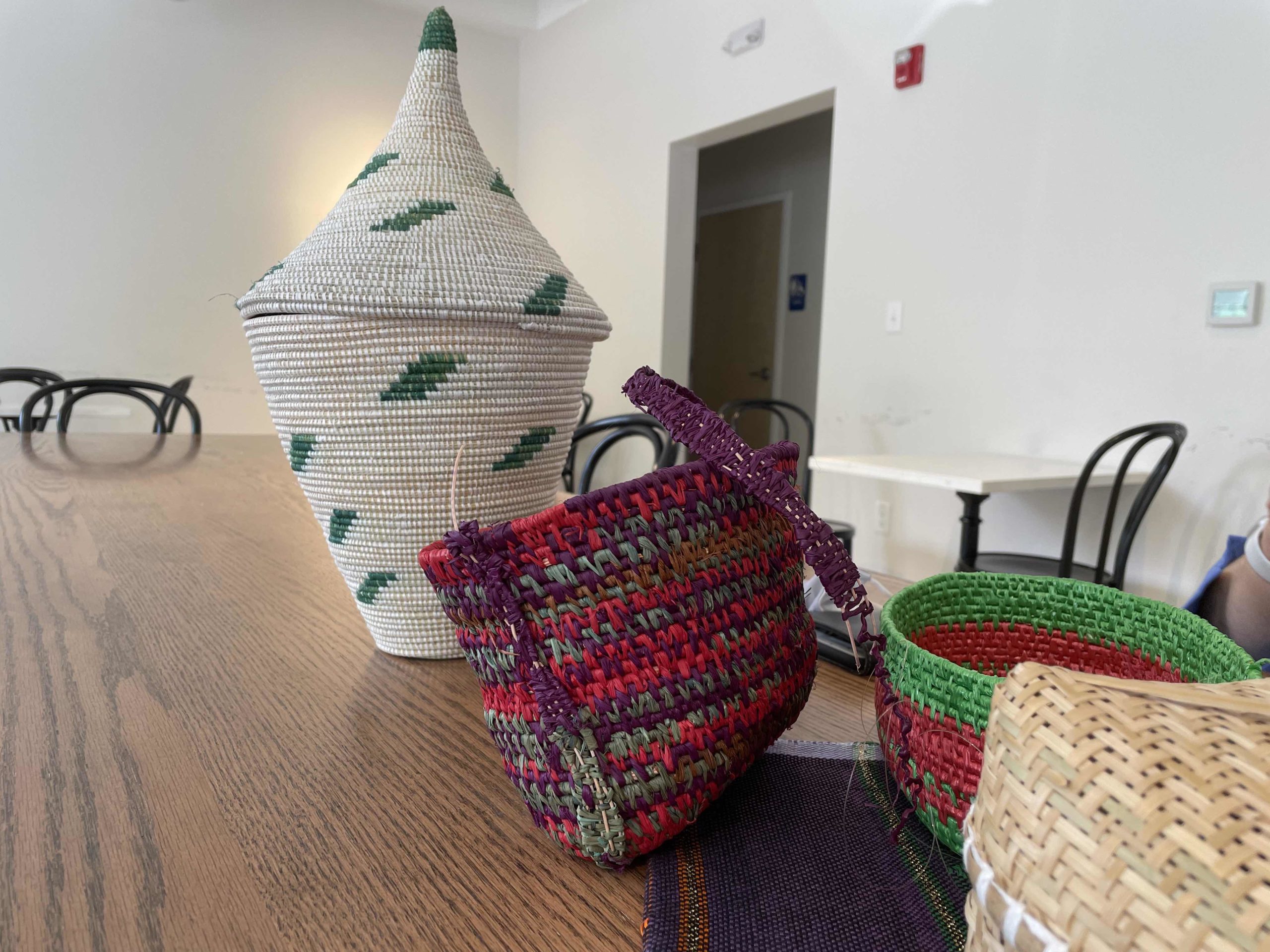
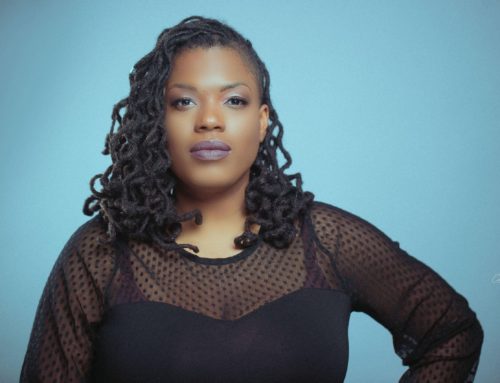
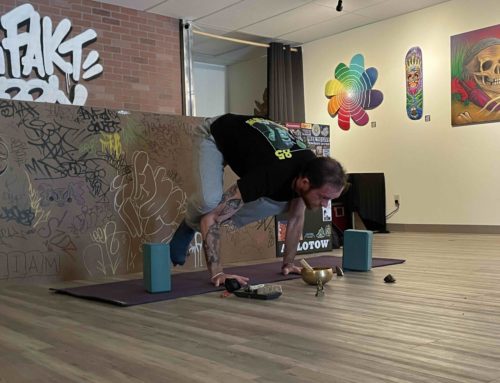
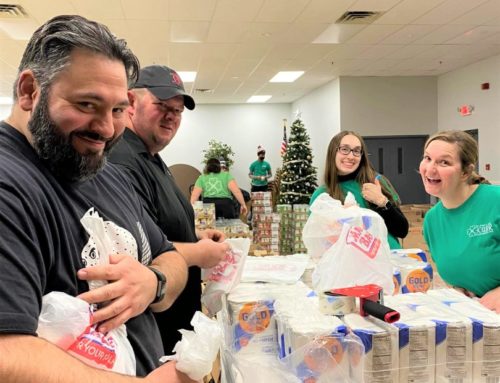
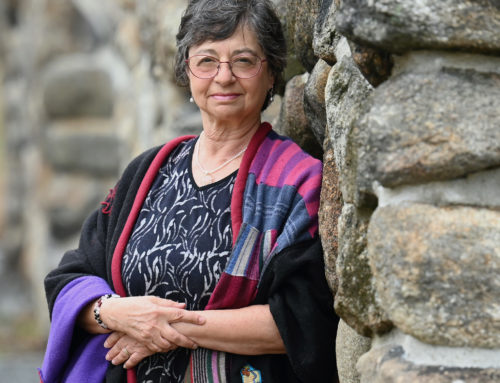
Leave A Comment